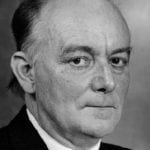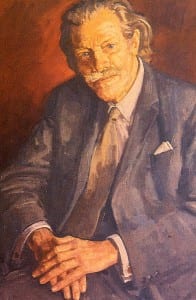Improving object descriptions in UCL’s Object-Based Learning Lab
By Anna E Garnett, on 28 September 2020
During Spring/Summer 2020, when UCL was closed due to the coronavirus pandemic, UCL Culture’s curatorial team worked with students from the Institute of Archaeology’s MA Museum Studies on our first-ever virtual work placements. These projects, which included archive transcription, documentation and object label writing, provided opportunities for the students to gain practical curatorial skills to prepare them for their future careers while undertaking valuable work towards better understanding the collections.
This blog post was written by Yanning Zhao and Giulia Marinos, UCL MA Museum Studies students.
UCL’s new Object-Based Learning Lab, located in the Wilkins Building, is a purpose-built space to support and promote object-based teaching in the university. A large permanent exhibition of hundreds of objects from UCL’s collections is now on display in the OBL lab, and many of these objects were in need of updated and improved object descriptions for our museum database and online catalogue. Here, Yanning Zhao and Giulia Marinos describe their work to update some of these object records for objects from the Petrie Museum collection.
 What did you do for this project?
What did you do for this project?
Yanning: We divided all the Petrie Museum objects in the OBL displays into two groups, so that we could each focus on updating half of the objects on display. The objects I researched were mainly comprised of Egyptian figurines, vessels and even fragments from statues. As most of the current descriptions for these objects are too short for readers to fully understand them, our responsibility was to review them and highlight key aspects about the objects concisely.
Giulia: In addition to revising the labels to make them more descriptive and accessible to a wider range of readers, we also researched the objects and looked for similar objects in other museum collections.
Did this project present any challenges?
Yanning: The biggest challenge for me was to describe the objects in an academic and concise style! I did not have much experience researching Egyptian artefacts, so I had to start from zero to learn how to write proper descriptions. Thankfully, Anna Garnett (Petrie Museum Curator) provided a lot of learning resources, but I still found it challenging to try to identify the features of the objects. We worked on this project remotely, so this might be because we were not able to access the objects to see them more closely in person.
Giulia: Initially, I did not expect it to be challenging to write visually descriptive labels for objects; however, I was surprised by how difficult it was to articulately and accurately describe some objects. This could be due to the complex nature of the objects, the limited views available from the online catalogue or my lack of familiarity with the objects. Although there is so much information available digitally about the objects and the Petrie Museum collection in general, there are limitations to strictly digital or online engagement. Perhaps that also shows how I miss seeing and interacting with collections in person!
Tell us some fun facts or interesting findings from the project!
Yanning: I would like to highlight this red breccia rock in the shape of a lion (UC15199, image above). Its current description does not clearly state whether it is a gaming piece or not, but by comparing it with other similar collections from other institutions, it is likely to be gaming piece for senet, a popular ancient Egyptian board game.
Giulia: I was impressed to learn how far and wide ancient Egyptian objects have been dispersed across collections around the world! In my research, I found how similar object types such as Predynastic pottery or wooden boat models can be spread over so many different institutions – from California to Italy for example (if you are interested to learn more on this, I recommend Alice Stevenson’s Scattered Finds, available as a free download from UCL Press).
Yanning Zhao and Giulia Marinos are MA Museum Studies students at UCL’s Institute of Archaeology. Their summer placement was designed and supported by Dr. Anna Garnett, Curator of the Petrie Museum of Egyptian and Sudanese Archaeology.
 Close
Close










